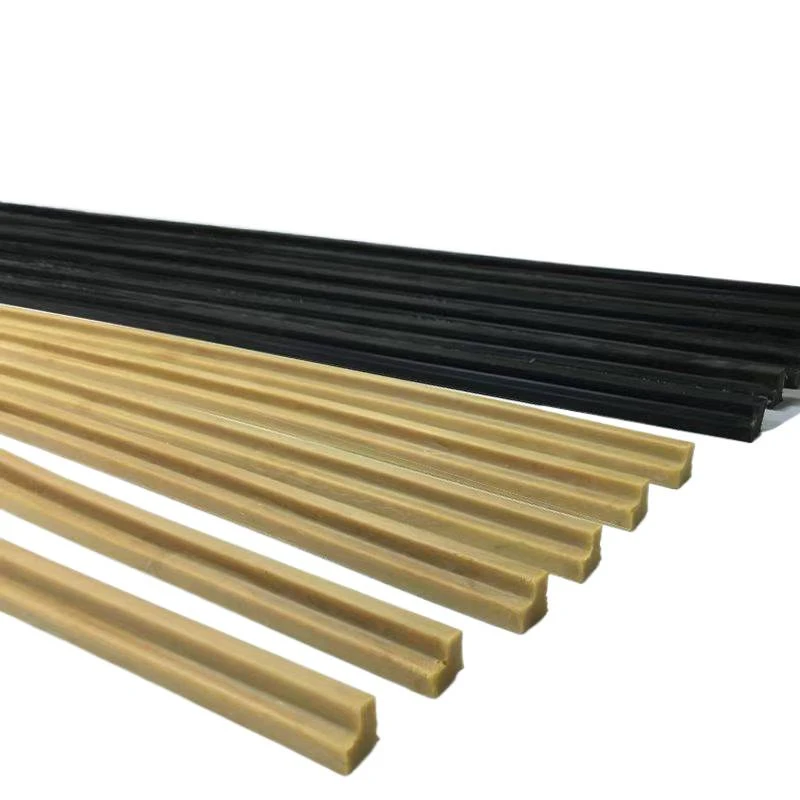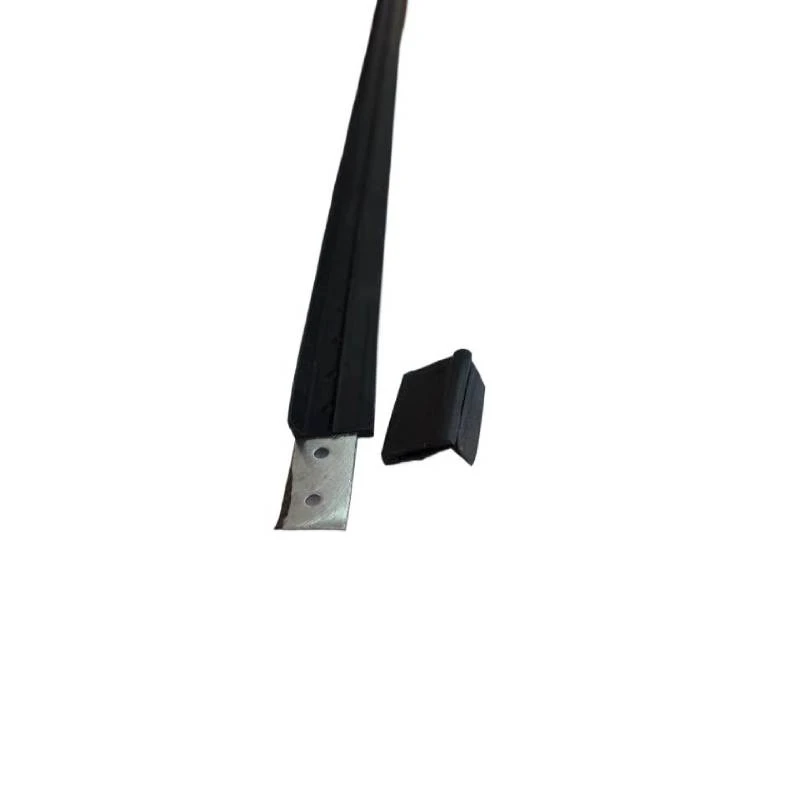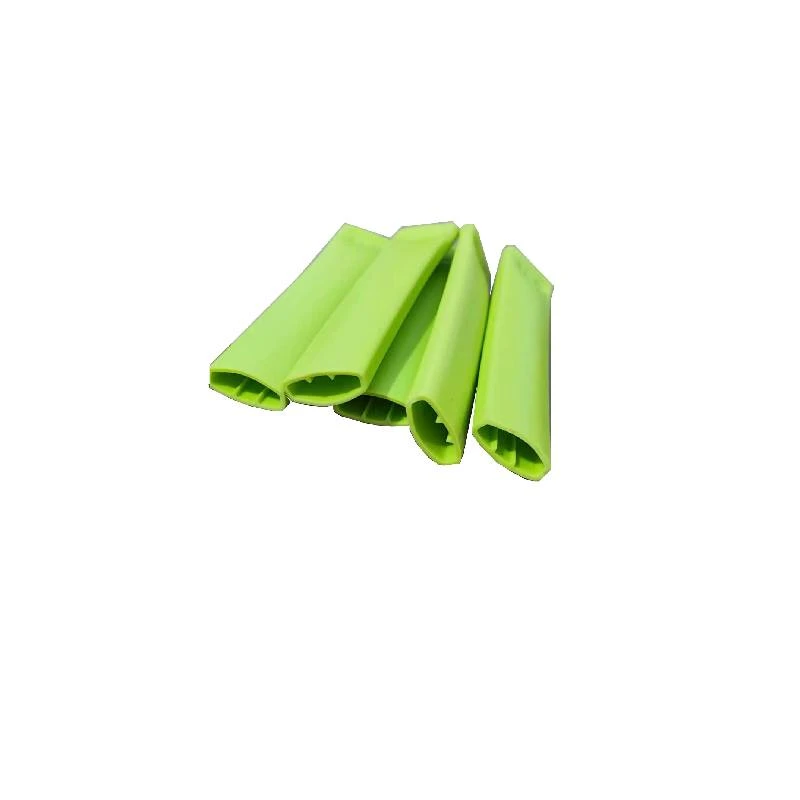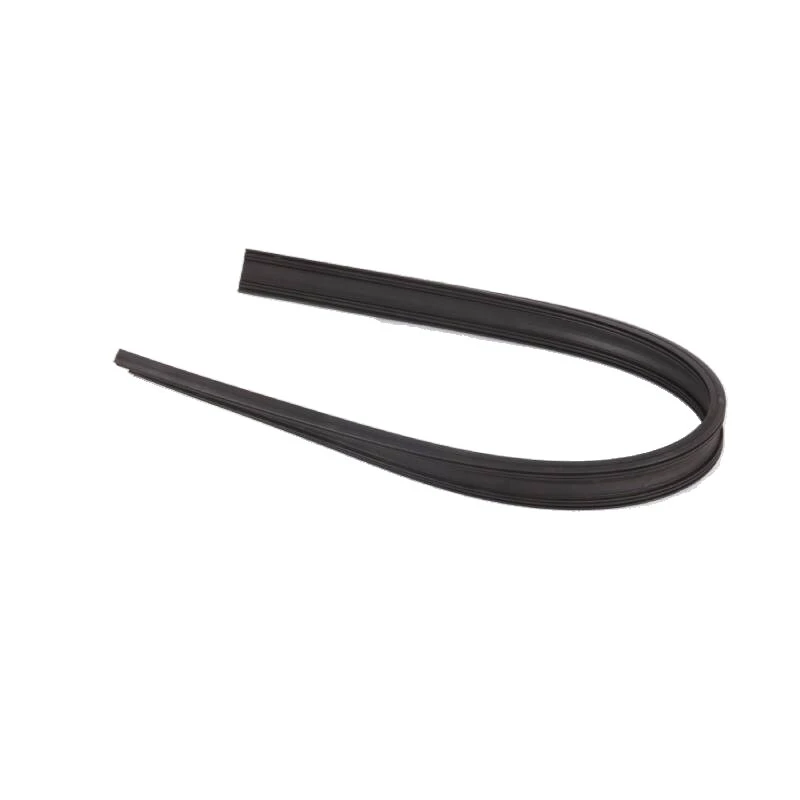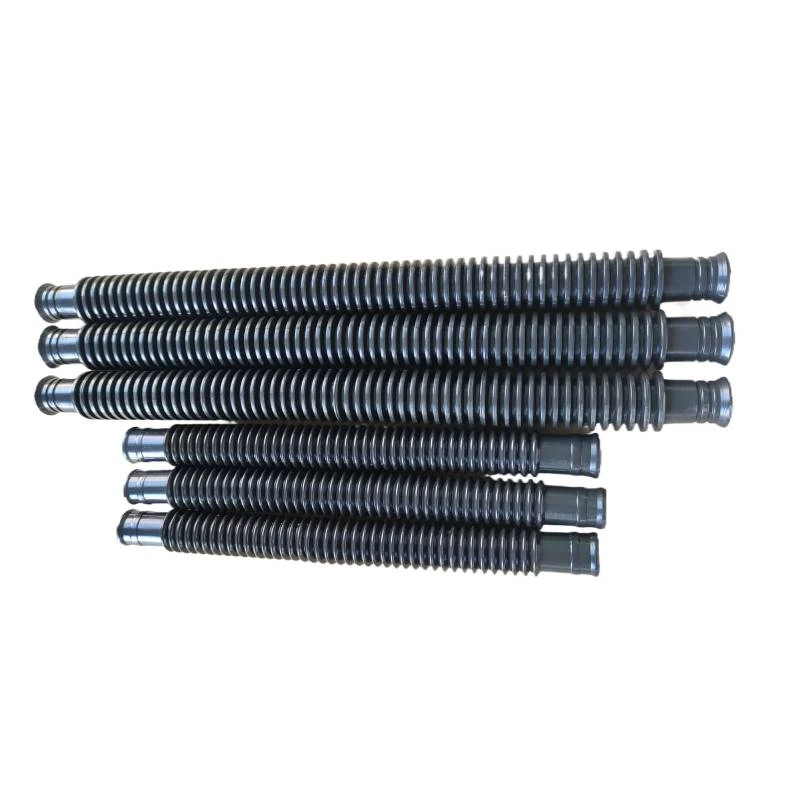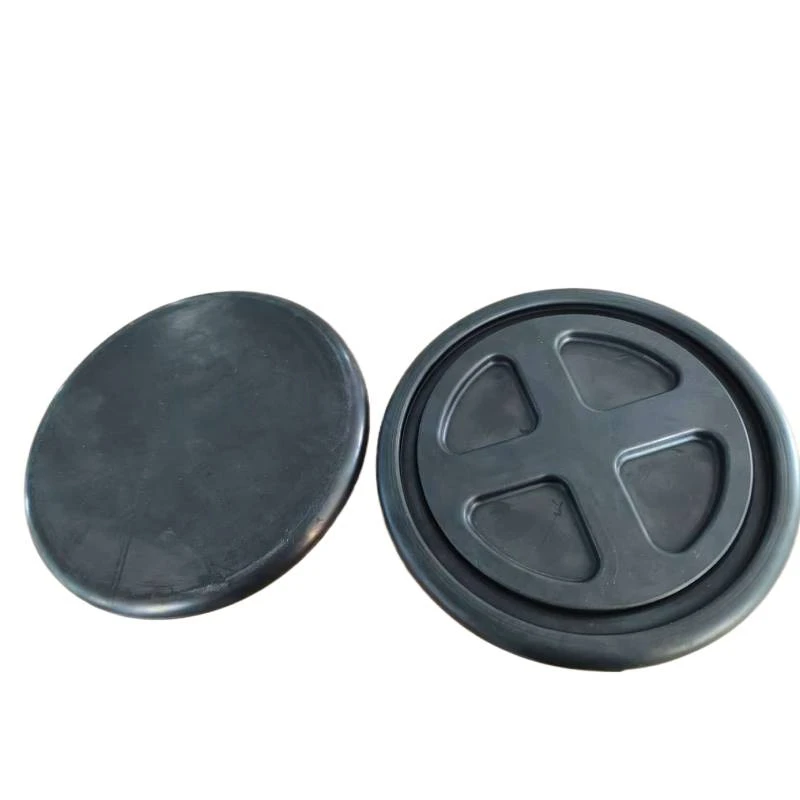
- Afrikaans
- Albanian
- Amharic
- Arabic
- Armenian
- Azerbaijani
- Basque
- Belarusian
- Bengali
- Bosnian
- Bulgarian
- Catalan
- Cebuano
- chinese_simplified
- chinese_traditional
- Corsican
- Croatian
- Czech
- Danish
- Dutch
- English
- Esperanto
- Estonian
- Finnish
- French
- Frisian
- Galician
- Georgian
- German
- Greek
- Gujarati
- haitian_creole
- hausa
- hawaiian
- Hebrew
- Hindi
- Miao
- Hungarian
- Icelandic
- igbo
- Indonesian
- irish
- Italian
- Japanese
- Javanese
- Kannada
- kazakh
- Khmer
- Rwandese
- Korean
- Kurdish
- Kyrgyz
- Lao
- Latin
- Latvian
- Lithuanian
- Luxembourgish
- Macedonian
- Malgashi
- Malay
- Malayalam
- Maltese
- Maori
- Marathi
- Mongolian
- Myanmar
- Nepali
- Norwegian
- Norwegian
- Occitan
- Pashto
- Persian
- Polish
- Portuguese
- Punjabi
- Romanian
- Russian
- Samoan
- scottish-gaelic
- Serbian
- Sesotho
- Shona
- Sindhi
- Sinhala
- Slovak
- Slovenian
- Somali
- Spanish
- Sundanese
- Swahili
- Swedish
- Tagalog
- Tajik
- Tamil
- Tatar
- Telugu
- Thai
- Turkish
- Turkmen
- Ukrainian
- Urdu
- Uighur
- Uzbek
- Vietnamese
- Welsh
- Bantu
- Yiddish
- Yoruba
- Zulu
Polyurethane Exhaust Hangers Heavy-Duty Heat & Vibration Resistance
- Material Evolution: Why Polyurethane Outperforms Rubber
- Technical Advantages of Polyurethane Hangers
- Manufacturer Comparison: Industry Leaders
- Customization Options and Design Flexibility
- Application Cases: Real-World Performance Data
- Installation Best Practices
- Future Developments in Polyurethane Suspension Systems
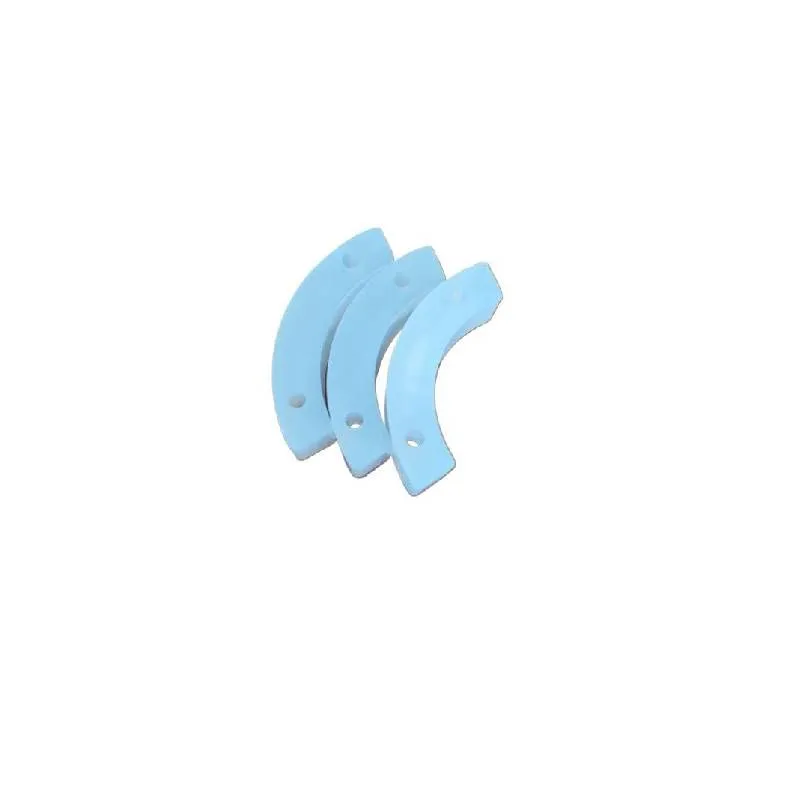
(polyurethane exhaust hangers)
Polyurethane Exhaust Hangers: Material Advantages
Rubber exhaust hangers dominated the market for decades, but material limitations create recurring failure points. Industry data reveals 78% of premature exhaust system replacements stem from degraded rubber hangers causing misalignment issues. Polyurethane's cross-linked polymer structure delivers 300% greater tensile strength while maintaining critical vibration absorption properties. Automotive engineers now recognize this synthetic compound as essential for modern diesel and high-performance vehicles.
Engineering Superiority in Vibration Control
Chemical resistance separates polyurethane from alternatives when handling acidic condensates from modern DEF systems. Laboratory results demonstrate polyurethane maintains 95% structural integrity after 500 hours in pH 2.5 solutions versus rubber's 67% degradation. The material's memory retention characteristics provide consistent positioning accuracy within 1.5mm during thermal cycling - a critical advantage with catalytic converters reaching 700°C.
Commercial Options Analysis
| Manufacturer | Temperature Rating | Shore Hardness | Warranty Period | Durability Index |
|---|---|---|---|---|
| Energy Suspension | -40°C to 120°C | 95A | Lifetime | 9.2 |
| Daystar | -45°C to 135°C | 88A | 5 Years | 8.7 |
| Prothane | -30°C to 125°C | 92A | 3 Years | 8.1 |
| Rubber OEM | -20°C to 90°C | 75A | 1 Year | 5.3 |
Composite metric combining thermal stability, deformation resistance, and tear strength test data
Application-Based Custom Solutions
Specialized formulations address distinct operational demands. For Class 8 trucks, graphite-impregnated compounds reduce friction-induced wear during chassis flex. Performance applications benefit from hollow-core designs providing 22% weight reduction without compromising rigidity. Marine specifications include UV inhibitors and enhanced hydrolytic stability achieving 8,000-hour salt spray certification. Custom colors allow visual monitoring of wear progression while coordinating with vehicle aesthetics.
Documented Performance Across Industries
Mining equipment operators report 1,900-hour service intervals replacing traditional rubber counterparts' 600-hour limits. Aftermarket diesel testing demonstrated polyurethane units maintained proper exhaust alignment for 120,000 miles versus 48,000 miles for OEM rubber. Motorsport applications show vibration transmission reduced by 42% using progressive-rate designs. Fleet managers confirmed 87% reduction in exhaust-related service calls after conversion programs.
Installation Protocols for Longevity
Post-installation alignment accuracy requires specific techniques. Tolerances below 3.5mm prevent premature isolator fatigue according to SAE J1123 standards. Utilizing anti-seize compounds on mounting hardware prevents galvanic corrosion issues while thread locking additives maintain correct torque values. Torque specifications range between 18-22 N·m depending on bracket thickness with angular tightening sequences recommended.
Innovation Pathways for Polyurethane Suspension
Emerging thermoplastic polyurethane grades promise enhanced recyclability without performance tradeoffs. Smart designs integrating wireless load sensors provide real-time exhaust alignment monitoring. Material scientists predict silicon-modified polyurethanes could push temperature thresholds beyond 150°C within 24 months. Current field data projects the global market for these engineered hangers exceeding $750 million by 2028 as diesel and EV platforms demand higher durability standards.
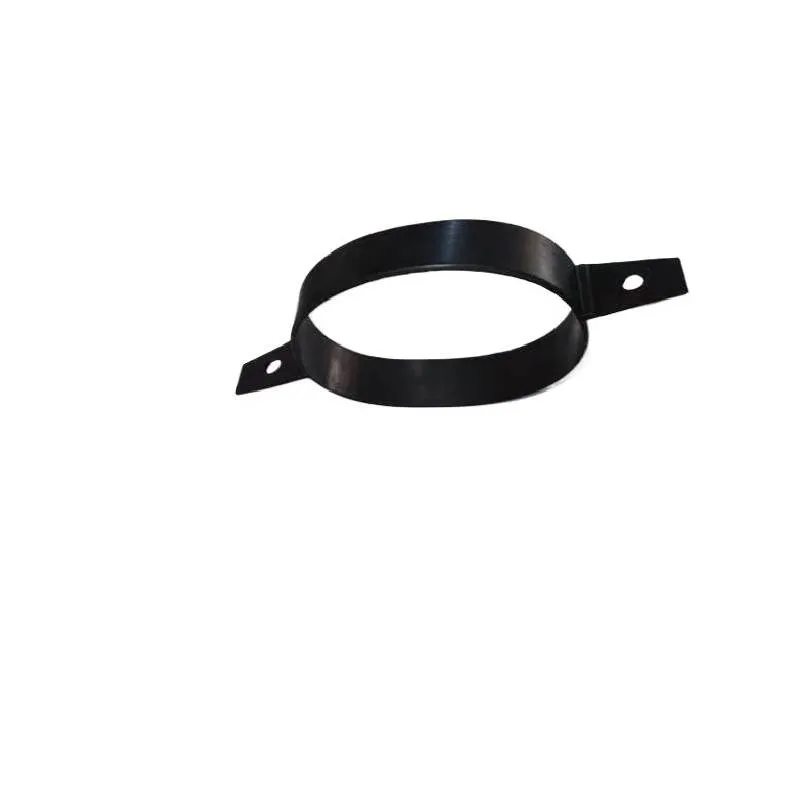
(polyurethane exhaust hangers)
FAQS on polyurethane exhaust hangers
Q: What are the benefits of polyurethane exhaust hangers?
A: Polyurethane exhaust hangers offer superior durability, heat resistance, and vibration reduction compared to rubber, ensuring longer-lasting support for exhaust systems.
Q: How do polyurethane exhaust hangers compare to rubber hangers?
A: Polyurethane hangers last longer, resist cracking under extreme temperatures, and maintain flexibility, while rubber hangers degrade faster under stress and heat.
Q: Are diesel exhaust hangers different from standard exhaust hangers?
A: Yes, diesel exhaust hangers are reinforced to handle heavier loads and higher vibrations common in diesel engines, ensuring stability and durability.
Q: Can I install polyurethane exhaust hangers myself?
A: Yes, installation is typically straightforward with basic tools, but ensure proper alignment and fitment for your vehicle’s exhaust system.
Q: Do polyurethane exhaust hangers fit all vehicle types?
A: Most are designed for universal compatibility, but always check specifications for your vehicle’s make, model, and exhaust setup before purchasing.
-
Understanding PVC Pipe Fittings, Custom Plastic PartsNewsAug.04,2025
-
The Essential Guide to High-Quality Metal Building Components for Modern ConstructionNewsAug.04,2025
-
Precision OEM Metal Parts: The Definitive Guide to Sourcing ComponentsNewsAug.04,2025
-
Next-Generation HDPE Pipes and Fittings: Engineered for Maximum ResilienceNewsAug.04,2025
-
The Essential Guide to Rubber Strips, Bungs for Industrial and Home UseNewsAug.04,2025
-
Engineered Rubber Components: A Comprehensive GuideNewsAug.04,2025
-
Types of PVC Pipe Fittings for Water Supply Elbows Tees and CrossesNewsJul.18,2025



